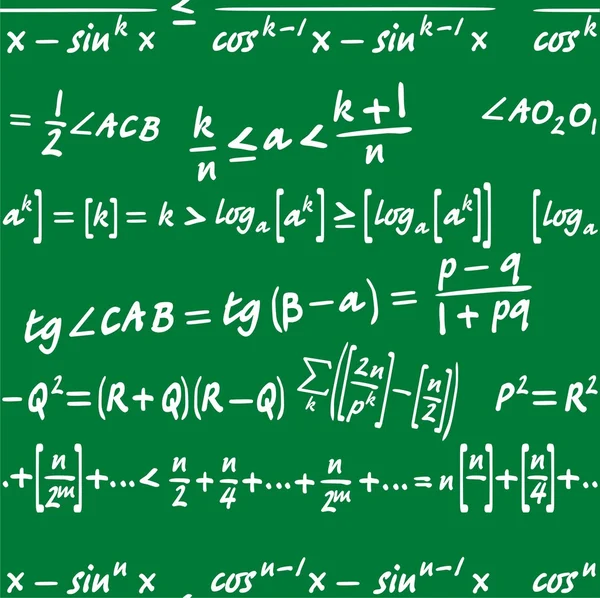When adding 5 to a digit greater than 5, it is easier to first subtract 5 and then add 10.
For example,
8 + 5 = 13.
Also 8 - 5 = 3; 3 + 10 = 13.
12 + 5 = 17.
Also 12 - 5 = 7; 7 + 10 = 17.
2. Subtraction of 5
When subtracting 5 from a number ending with a a digit smaller than 5, it is easier to first add 5 and then subtract 10.
For example,
26 - 5 = 21.
Also 26 + 5 = 31; 31 - 10 = 18.
23 - 5 = 18.
Also 23 + 5 = 28; 28 - 10 = 18.
23 - 5 = 18.
Also 23 + 5 = 28; 28 - 10 = 18.
Division by 5
Similarly, it's often more convenient instead to multiply first by 2 and then divide by 10.
For example,
1375/5 = 2750/10 = 275.
980/5 = 1960/10 = 196.
Multiplication by 5
It's often more convenient instead of multiplying by 5 to multiply first by 10 and then divide by 2.
For example,
140×5 = 1400/2 = 700.
135×5 = 1350/2 = 675
120×5 = 1200/2 = 600
it's more quick right ?!
Division/multiplication by 25
Use operations with 4 instead.
For example,
37×25 = 3700/4 = 1850/2 = 925.
Add a sequence from one to a selected
1-digit number and back
Choose a 1-digit number.
Square it.
Example:
If the 1-digit number selected is 7:
To add 1 + 2 + 3 + 4 + 5 + 6 + 7 + 6 + 5 + 4 + 3 + 2 + 1
Square 7: 49
So the sum of all numbers from 1 through 7 and back is 49.
See the pattern?
If the 1-digit number selected is 9:
To add 1 + 2 + 3 + 4 + 5 + 6 + 7 + 8 + 9 + 8 + 7 + 6 + 5 + 4 + 3 + 2 + 1
Square 9: 81
So the sum of all numbers from 1 through 9 and back is 81.








